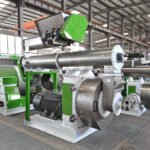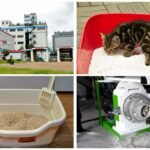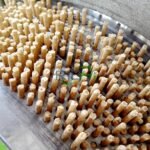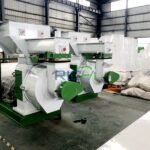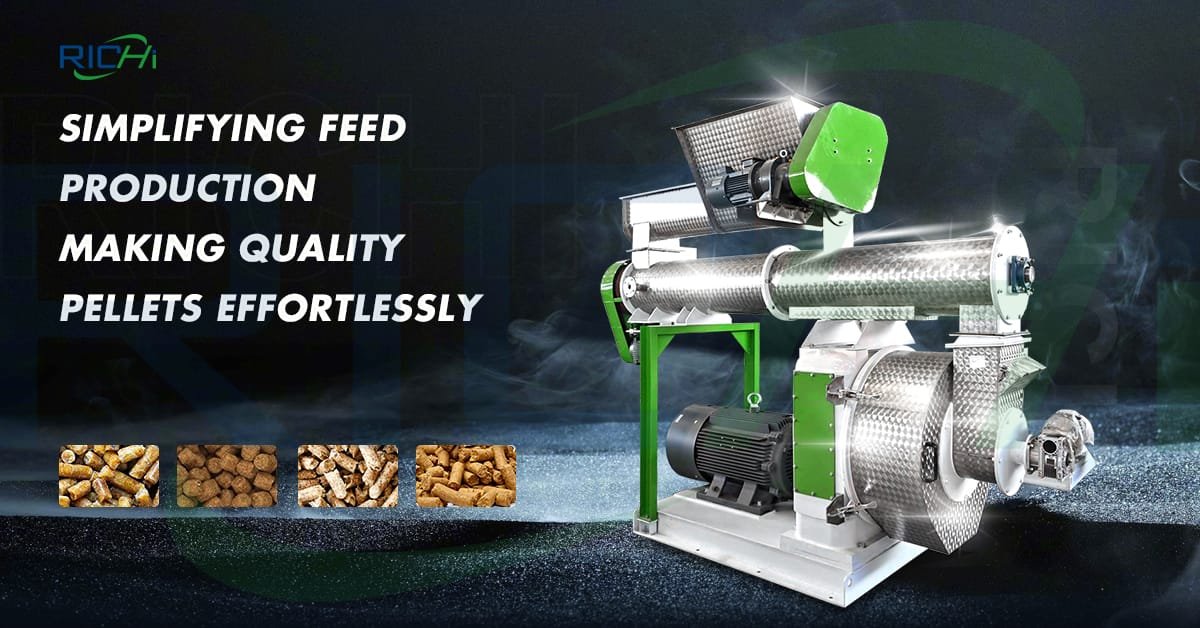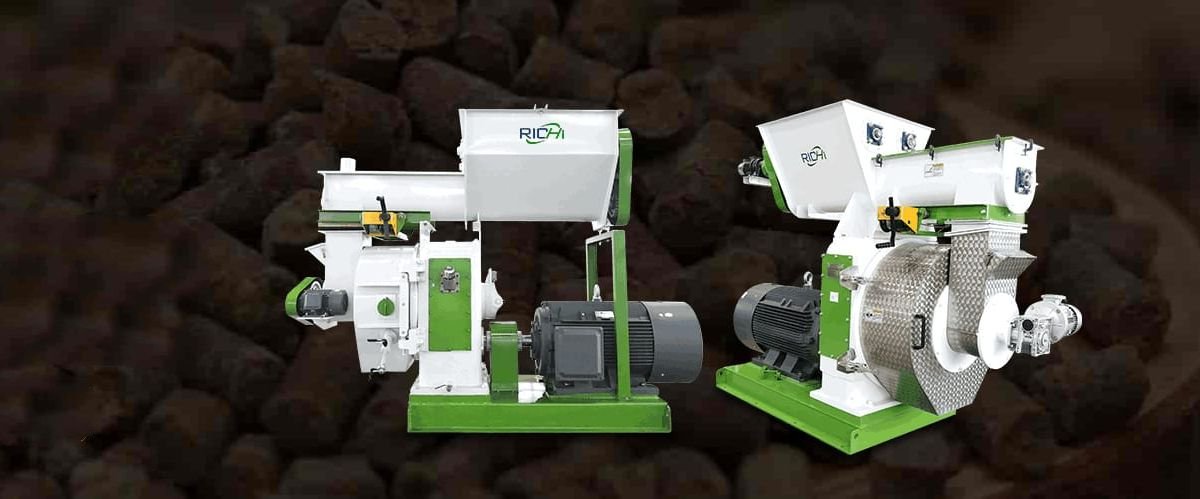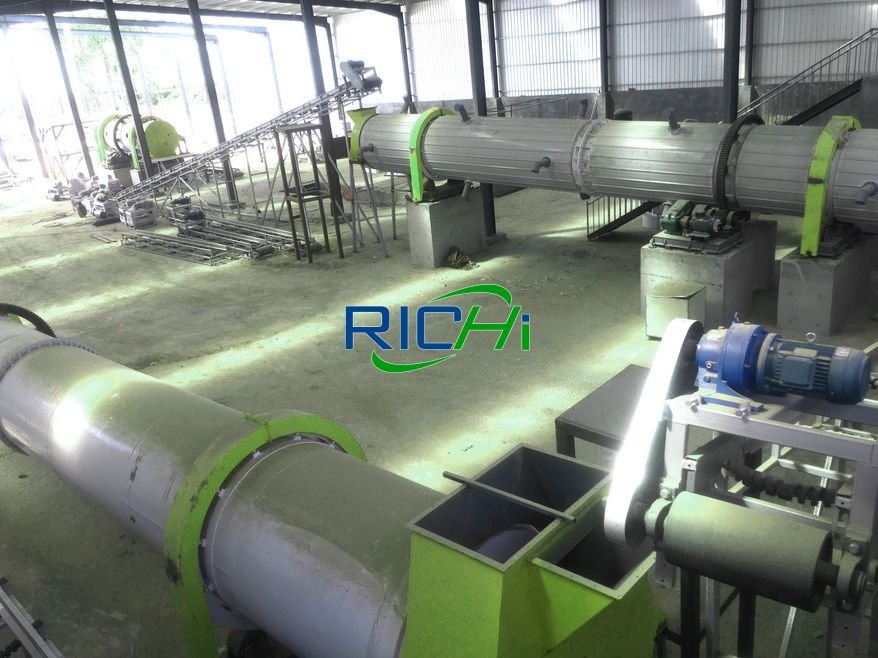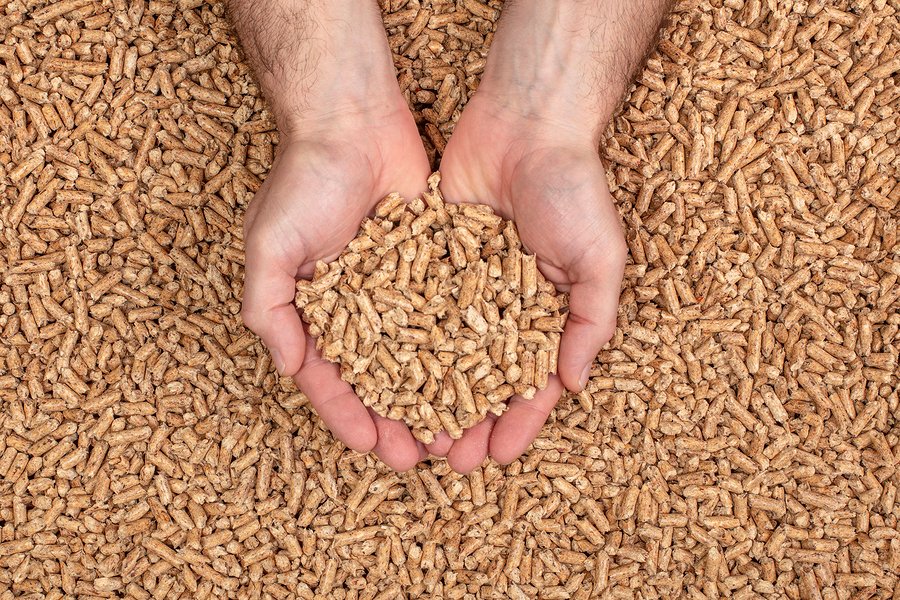Ring die livestock feed pellet mill machines have gained significant traction in the animal feed industry due to their ability to produce high-quality feed pellets. The enhanced quality of feed processed by these machines stems from several intrinsic design and operational factors. This article delves into the reasons why ring die pellet machines yield better quality feed compared to other pelletizing methods.
Consistent Pellet Size and Shape
One of the main advantages of ring die pellet machines is their capability to produce pellets with uniform size and shape:
- The circular die design ensures that all pellets are extruded through holes of identical diameter and length.
- The interaction between the rotating die and stationary rollers creates a uniform pressure distribution across the entire die surface.
This consistency leads to improved feed intake and digestion in livestock.
Higher Compression Ratio
Ring die pellet machines typically achieve higher compression ratios than flat die machines:
- The curved surface of the ring die provides a longer compression zone.
- This extended compression zone results in denser pellets with increased durability.
Higher-density pellets are less likely to break during handling and transportation, thus minimizing feed waste.
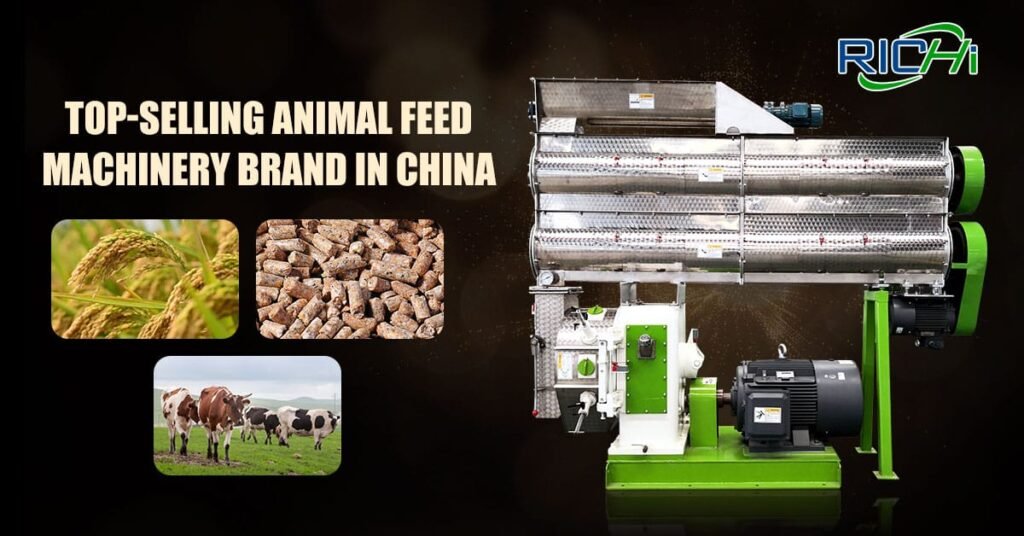
Enhanced Starch Gelatinization
The pelletizing process in ring die machines promotes better starch gelatinization:
- The combination of heat, moisture, and pressure within the die cavity facilitates this gelatinization.
- Gelatinized starch acts as a natural binder, improving pellet durability and digestibility.
This process boosts the nutritional value of the feed by making carbohydrates more accessible to animals.
Improved Nutrient Binding
Ring die pellet machines excel at binding nutrients within the pellets:
- The high pressure and temperature in the die cause proteins to partially denature, forming cross-links that bind feed particles together.
- This binding effect helps retain vitamins and minerals within the pellet structure.
Consequently, the feed maintains its nutritional integrity during storage and feeding.
Better Moisture Control
The design of ring die pellet machines allows for superior moisture control during the pelletizing process:
- Steam conditioning can be finely tuned to achieve the optimal moisture content.
- The centrifugal force within the die chamber evenly distributes moisture throughout the feed mixture.
Effective moisture management leads to better pellet formation and reduced energy consumption during processing.
Reduced Production of Fines
Feed processed by ring die pellet machines typically produces fewer fines (small particles and dust):
- The high compression and shear forces within the die effectively bind small particles into the pellet structure.
- The scraper mechanism in ring die machines helps reincorporate any fines back into the pelletizing process.
Reduced fines result in less feed waste and improved feed conversion ratios for livestock.
Enhanced Feed Palatability
The pelletizing process in ring die machines can enhance the palatability of the feed:
- The heat and pressure involved in pelletizing can improve the flavor profile of the feed ingredients.
- The uniform size of the pellets makes the feed more appealing to animals, potentially increasing feed intake.
Improved palatability can lead to better growth rates and overall animal performance.
Efficient Heat Treatment
Ring die pellet machines provide an effective method for heat treating feed ingredients:
- The combination of steam conditioning and friction-generated heat in the die can eliminate harmful pathogens.
- This heat treatment can enhance feed safety by reducing the risk of bacterial contamination.
Additionally, it can inactivate certain anti-nutritional factors present in some feed ingredients.
Flexibility in Ingredient Incorporation
The design of ring die pellet machines allows for greater flexibility in incorporating a variety of ingredients:
- These machines can handle a wide range of inputs, from grains to fibrous materials and protein sources.
- The high compression forces facilitate the incorporation of liquid additives, such as oils or molasses, without compromising pellet quality.
This adaptability enables the production of custom feed formulations tailored to specific livestock needs.
Improved Feed Conversion Ratio
The overall quality enhancements in feed produced by ring die pellet machines lead to better feed conversion ratios:
- The improved digestibility of gelatinized starch and denatured proteins enhances nutrient utilization.
- Reduced feed waste, thanks to improved pellet durability, means that more feed is consumed by the animals.
These factors combined result in better growth rates and feed efficiency in livestock.
Consistent Production Quality
Ring die pellet machines offer consistent production quality over extended operational periods:
- The continuous rotation of the die maintains a stable temperature and pressure environment.
- This stability leads to uniform pellet quality throughout the production run.
Consistent production quality ensures that all batches of feed meet the same high standards.
Energy Efficiency
While ring die pellet machines may require higher initial energy inputs, they often prove to be more energy-efficient in the long term:
- The efficient compression and extrusion process reduces the overall energy required to produce a given quantity of pellets.
- The ability to process a wide range of moisture contents optimizes energy use in drying and cooling.
Improved pellet quality means less need for reprocessing, further conserving energy.
Conclusion
The superior quality of feed produced by ring die livestock feed pellet machines is the result of various factors intrinsic to their design and operation. From consistent pellet size and enhanced nutrient binding to improved palatability and feed conversion ratios, these machines provide significant advantages in feed production.
The capability to produce high-quality, durable pellets with consistent nutritional value makes ring die pellet machines invaluable in modern livestock feed production. As the demand for efficient and high-performance animal feeds continues to rise, the role of ring die pellet machines in ensuring feed quality will likely become even more crucial.
For livestock producers and feed manufacturers, investing in ring die pellet machines can lead to enhanced animal performance, reduced feed waste, and ultimately, better economic outcomes. As technology continues to evolve, further improvements in ring die pellet machine design are anticipated, potentially resulting in even higher quality feed products in the future.



